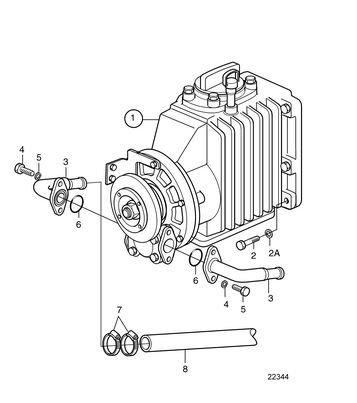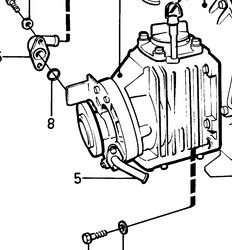Vashon_Trawler
Guru
- Joined
- Jun 13, 2013
- Messages
- 598
- Location
- USA
- Vessel Name
- M/V Sherpa
- Vessel Make
- 24' Vashon Diesel Cruiser
Hi! A few months ago, I had posted here my saga of my MD2030's white smoke issue, which was largely resolved by servicing my injectors and a water restriction. Well, I am now seeing some steam (not smoke) and elevated engine temperatures. Nothing is odd suggesting a head gasket issue--oil looks great, and the engine holds pressure just fine. The through-hull and fittings are clear, and I've checked for collapsed hoses. The impeller was just replaced and the heat exchanger is also new.
Raw water flows from the seacock to a Perko strainer and then goes through the transmission and up to the impeller. After my last trip, I felt the transmission, and it was hot to the touch; the impeller cover was also very warm to the touch. Gulf temp was 85 degrees, and the exhaust water was very hot.
There "seems" to be enough water exiting the exhaust, but I am wondering if there is a blockage/obstruction at or inside the transmission. The engine/gearbox is 12 years old and has never been "barnacle buster" since I have owned her since 2012 or so. I am going to treat the engine and see what happens!
Raw water flows from the seacock to a Perko strainer and then goes through the transmission and up to the impeller. After my last trip, I felt the transmission, and it was hot to the touch; the impeller cover was also very warm to the touch. Gulf temp was 85 degrees, and the exhaust water was very hot.
There "seems" to be enough water exiting the exhaust, but I am wondering if there is a blockage/obstruction at or inside the transmission. The engine/gearbox is 12 years old and has never been "barnacle buster" since I have owned her since 2012 or so. I am going to treat the engine and see what happens!



